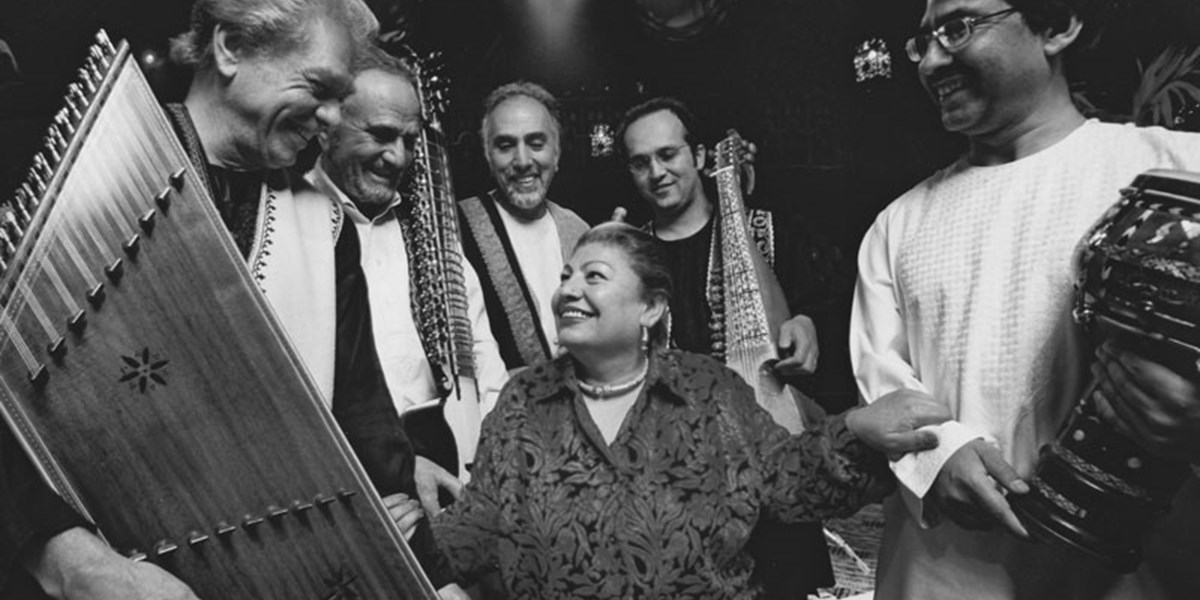Sunday, September 26, 2021
The Music of Afghanistan: A Rough Guide
By Simon Broughton , Veronica Doubleday
Despite continued fighting, there is new musical life in Afghanistan and new interest abroad. Simon Broughton and Veronica Doubleday report

Mahwash and Ensemble Kaboul (Pascal Lafay)

Register now to continue reading

Thanks for visiting the Songlines website, your guide to an extraordinary world of music and culture. Sign up for a free account now to enjoy:
- Free access to 2 subscriber-only articles and album reviews every month
- Unlimited access to our news and awards pages
- Our regular email newsletters

